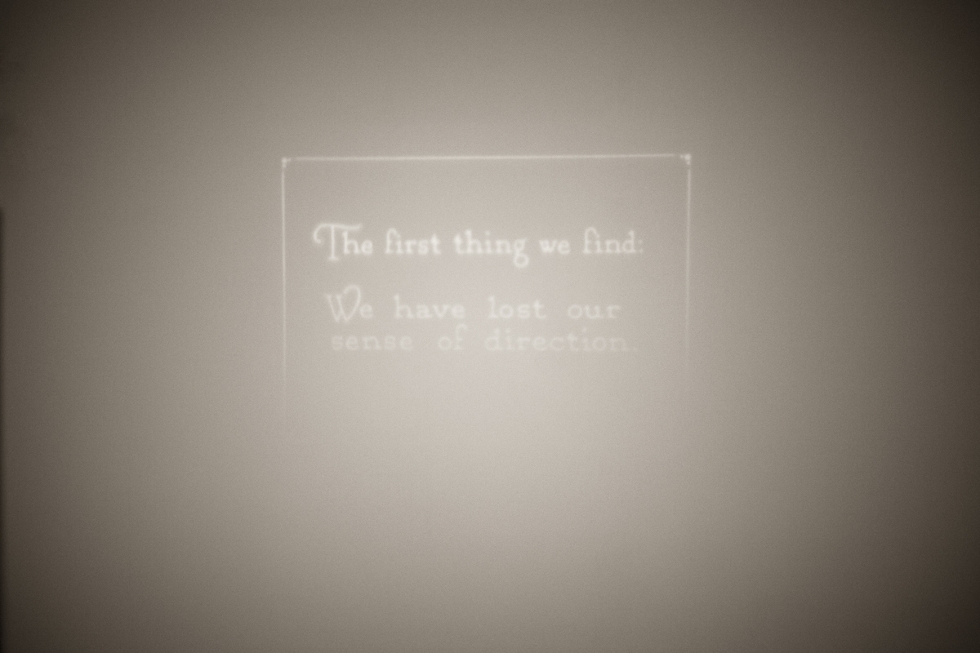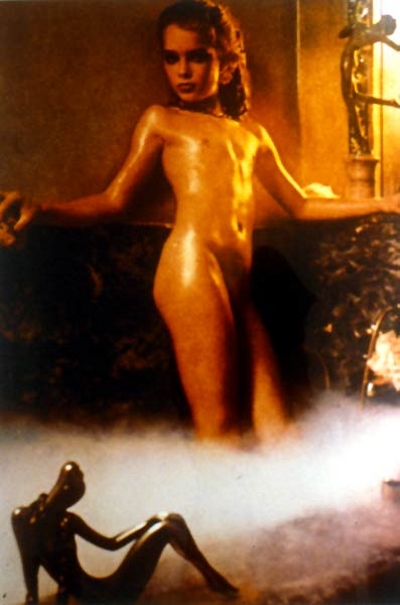Richard Prince, “Spiritual America” (1983)
by Jeremy Biles

Artist Richard Prince (b. 1949) is at once an observer, purveyor, and critic of an American spirituality shaped through promiscuous borrowings from the everyday world. Prince is best known for his technique of “rephotography,” a formal descendant of Marcel Duchamp’s readymades in which the artist takes pictures of pre-existing photographs. In these and other works, Prince mimics and critiques the spirituality of his context, employing a range of appropriation strategies in order to recycle, reshape, re-contextualize, and re-purpose the flotsam and fragments of American life: advertisements, car parts, cartoons, dime-store novels, and even other people’s jokes. As critic Nancy Spector has remarked, Prince’s art is thus “stolen but original, ironic but sincere, illusory but real,” something that might be said of the “spiritual America” he invokes.
Among Prince’s most recognizable images are his re-photographs of iconic cowboys against the great American landscape portrayed in the famous Marlboro cigarette ad campaign. By appropriating and recontextualizing these images, Prince reveals that the quintessence of “authentic” American machismo is as constructed as the advertisements themselves. In fact, as Spector has illuminated, the “founding myth of the sanctity of individual freedom” is itself a commodity, a spiritual ideal packaged and sold to consumers. This incarnation of American spirit is thus a product, in every sense of the term, of what David Loy has called the “religion of the market” and its auxiliary consumerist-entertainment complex. Any “pure” American spirituality, in other words, is always already contaminated, polluted, impure; it is an admixture of patriotism, capitalism, and popular culture.
The wild bricolage of desires, dreams, and sentiments that characterizes Prince’s notion of American spirituality ranges from the familiar to the outrageous. In seeking to disclose the full amplitude of this spirituality, and to expose the contradictions therein, Prince not only de-familiarizes the banal—advertising images and the like—but also elevates the obscene to critical visibility.
Shot at the outset of the American “culture wars” of the Eighties, Prince’s most famous and controversial re-photograph carries the title “Spiritual America.” This name itself is an appropriation; it was first attached to a 1923 photograph by Alfred Steiglitz that excerpted the harnessed hindquarters of a gelded horse. Steiglitz saw his photo as a “bitterly ironic critique of the American puritanical ethos.” Prince’s “Spiritual America” is an appropriation of Garry Gross’s lascivious photo of a nude, ten-year-old Brooke Shields. The all-American girl stands in a deep bathtub, with thick, almost seminal, steam swirling at her feet. Her face is heavily made up, and her body, glistening with oil, is turned to highlight at once the curves of her buttocks and her pre-pubescent chest. Shields’s face, as critic Michael Newman describes it, captures the contradictory nature of American spiritual values and longings, showing “both the fearfulness of the child and the total control of the temptress.”

That Prince saw his work in a religious register befitting this strange spirituality is clear. In 1983, he arranged an entire exhibition under the title “Spiritual America” in a gallery by the same name. Here the re-photograph of Gross’s image of Shields “hung alone—shrinelike—in a cheap gold frame beneath a diminutive picture light at the end of an otherwise unlit, or dimly lit, narrow room with exposed brick walls.” Newman develops this comparison, suggesting that “gallery meets church” in the exhibition of “Spiritual America.” Prince, he says, “could be making a critical point here at the expense of art-lovers: we go to worship at a gallery or museum and that constitutes us as a certain kind of passive spectator…. It’s an image which panders to the fantasy that the object is complicit with the viewer’s desire to see.”
Prince’s gesture, however, is leveled not only at “art-lovers,” but at an American spiritual tendency more broadly, at the American proclivity for privately reveling in what it loudly condemns. In fact, “Spiritual America” met with controversy and confusion for its spectacular sexualization of a minor, soliciting at once desiring gazes and outraged condemnation. And this was just the point. In Prince’s hands, the pedophiliac image provided a way of unlocking the paradoxical nature of this country’s collective spiritual disposition. If, as Newman suggests, there is a “religious power” to Prince’s photo, it has to do in part with its function as an icon of American spirituality and a corresponding contradictory moralism. Engaging the gaze of the viewer in a manner at once complicitous and critical, the piece thus exceeds what Walter Benjamin called the modern artwork’s “exhibition value” and partakes of the “cult value” of religious art. At once ironic and iconic, Prince’s work illuminates a spiritual America that takes pleasure in conjuring what it condemns, loathing what it longs for.